In the first six months of the year a total of 46.1% of the target was achieved. In 2021 targets were missed and, by means of comparison, 12 months ago a 47.5% recycling rate was reported for the first half of 2021 (see letsrecycle.com story).
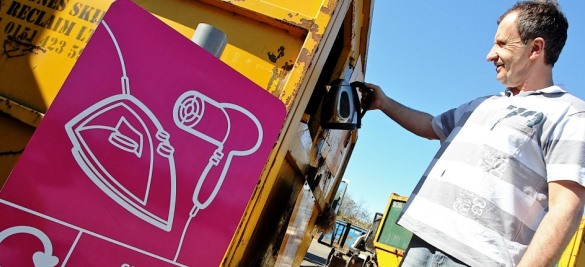
In the first quarter of 2022 (January to March) a total of 120,852 tonnes of separately collected WEEE was collected from households. This is the amount of WEEE that producer compliance schemes have reported as being delivered to Approved Authorised Treatment Facilities and Approved Exporters on their behalf. In the second quarter a total of 115,184 tonnes were collected, some 5,000 tonnes less than in the first quarter (although figures for the second quarter could yet change slightly).
However, the challenges faced by the government in setting the targets are evident, according to experts in the sector. This includes that fact that the volumes of WEEE have been impacted by the pandemic with the Department for Environment, Food and Rural Affairs already having its target setting disrupted by having to discount the months at the heart of the pandemic. And, now, figures for the amount of new electrical goods place in the market are expected to be much reduced because of the cost of living crisis, so reducing the amount of WEEE likely to arise this year.
Appliances
WEEE is split into 14 categories, as seen in the chart below.
Comparing quarter two to quarter one, there was a slight rise in the amount of small household appliances delivered to AATFs at 8,559 tonnes in quarter two compared to 8,354 tonnes in the first quarter. This may reflect the take back of more items to instore points or by other routes such as Currys’ take back scheme. In contrast small WEEE collected at Designated Collection Facilities (usually Household Waste Recycling Centres) was down by a substantial 500 tonnes in the second quarter of 2022 compared to the same period in 2021. The first three months of 2022, for small household appliances was broadly similar to 2021.
In contrast to the relatively positive performance of small household appliances, the amount of large household appliances sent to AATFs was only 39,011 tonnes in quarter two compared to 45,679 in quarter one. The reduction was in part down to a reduction in the amount of large appliances delivered when retailers offer appliances they have collected to compliance schemes.
| HOUSEHOLD WEEE (TONNES) CATEGORY: |
Collected from a DCF(1) | Returned under regulation 43(2) | Returned under regulation 50(3) | Total separately collected(4) | 2022 Target | % of 2022 category target met in first half | |
| 1 Large Household Appliances | 32,706 | 43,626 | 7,980 | 84,691 | 183,867 | 46 | |
| 2 Small Household Appliances | 13,470 | 471 | 2,939 | 16,914 | 34,984 | 48 | |
| 3 IT and Telcomms Equipment | 11,972 | 410 | 6,383 | 18,815 | 41,391 | 44 | |
| 4 Consumer Equipment | 8,413 | 173 | 2,304 | 10,896 | 23,134 | 47 | |
| 5 Lighting Equipment | 2,242 | 71 | 358 | 2,672 | 5,992 | 44 | |
| 6 Electrical and Electronic Tools | 10,574 | 156 | 1,031 | 11,762 | 25,263 | 46 | |
| 7 Toys, Leisure and Sports | 2,097 | 37.98 | 240 | 2,377 | 5,067 | 47 | |
| 8 Medical Devices | 0 | 0.45 | 1.88 | 2.34 | 18 | 13 | |
| 9 Monitoring and Control Instruments | 425 | 8.41 | 70 | 504 | 1,278 | 39 | |
| 10 Automatic Dispensers | 0 | 0 | 5.66 | 5.96 | 3 | 198 | |
| 11 Display Equipment | 16,571 | 856 | 2,822 | 20,365 | 39,705 | 51 | |
| 12 Cooling Appliances with Refrigerants | 38,740 | 19,442 | 6,380 | 64,925 | 146,275 | 44 | |
| 13 Gas Discharge Lamps and LED | 488 | 123 | 1,384 | 1,995 | 4,145 | 48 | |
| 14 Photovoltaic Panels | 94 | 5.68 | 9.67 | 109 | 254 | 43 | |
| Totals | 137,795 | 65,384 | 31,911 | 236,037 | 511,377 | 46.1% of annual |
Source: Environment Agency |
Data sourced from Environment Agency.
Targets
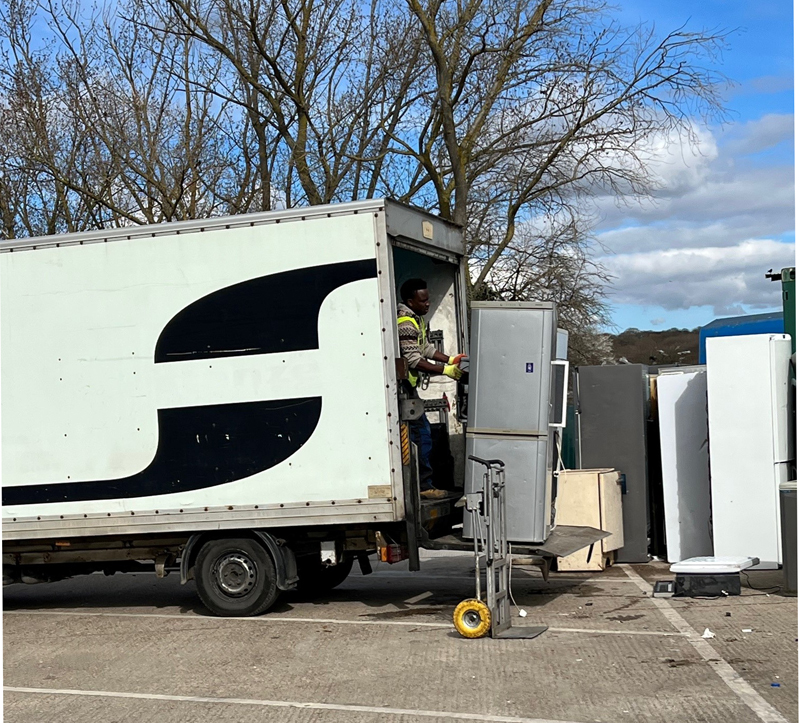
For 2022, the Department for Environment, Food and Rural Affairs set compliance schemes the target of collecting 511,377 tonnes of household WEEE, an increase of around 4% from the 490,541 tonnes collected in 2021. But, the likelihood of this target being met appears to be diminishing. In particular, large household appliances, are lagging behind. This is slightly unusual as larger appliances are often ‘distress purchases’ but may also reflect the cost of living crisis.
The importance of collections from civic amenity sites or household waste recycling centres of small household appliances is clear in the data with numbers in the DCF column above.
Defra’s target for household waste electrical and electronic equipment (WEEE) for 2022, saw the overall goal raised by 4% to 511,377 tonnes (see letsrecycle.com story)
The targets confirmed the amount of WEEE that all producer compliance schemes must collect and send for recycling on behalf of their members. The total target is 20,836 tonnes higher than the 490,541 tonnes of household WEEE collected by producer schemes in 2021. It is also 7,748 tonnes more than the missed 2021 target of 503,629 tonnes.





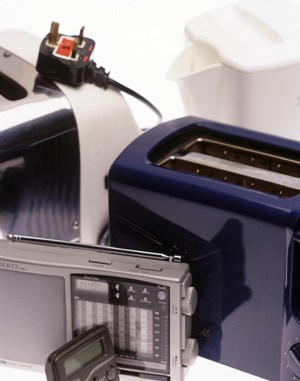

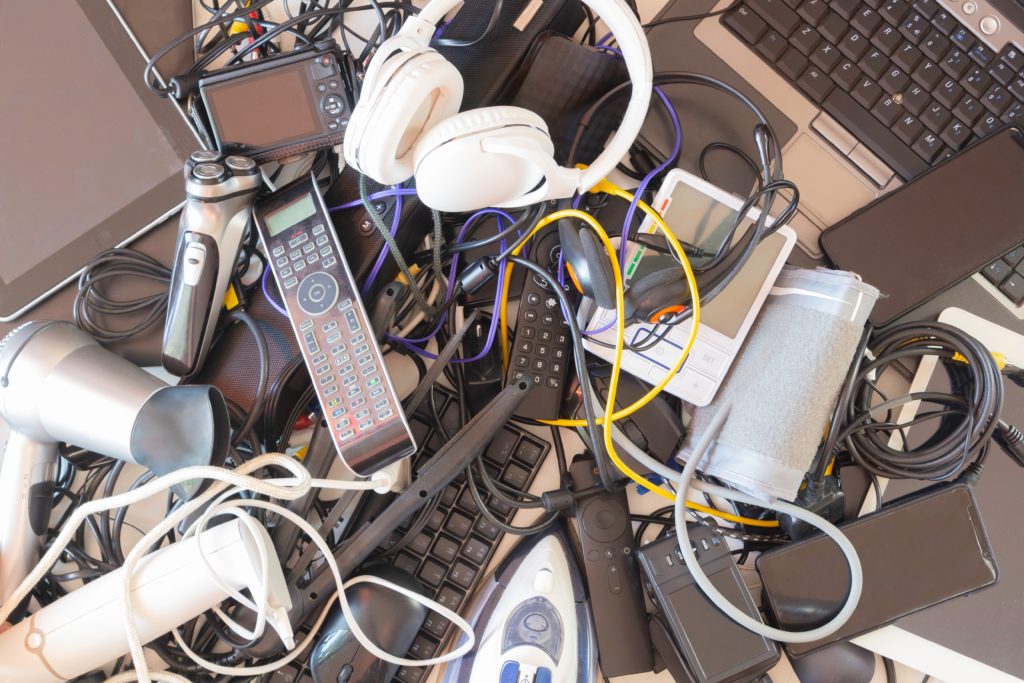

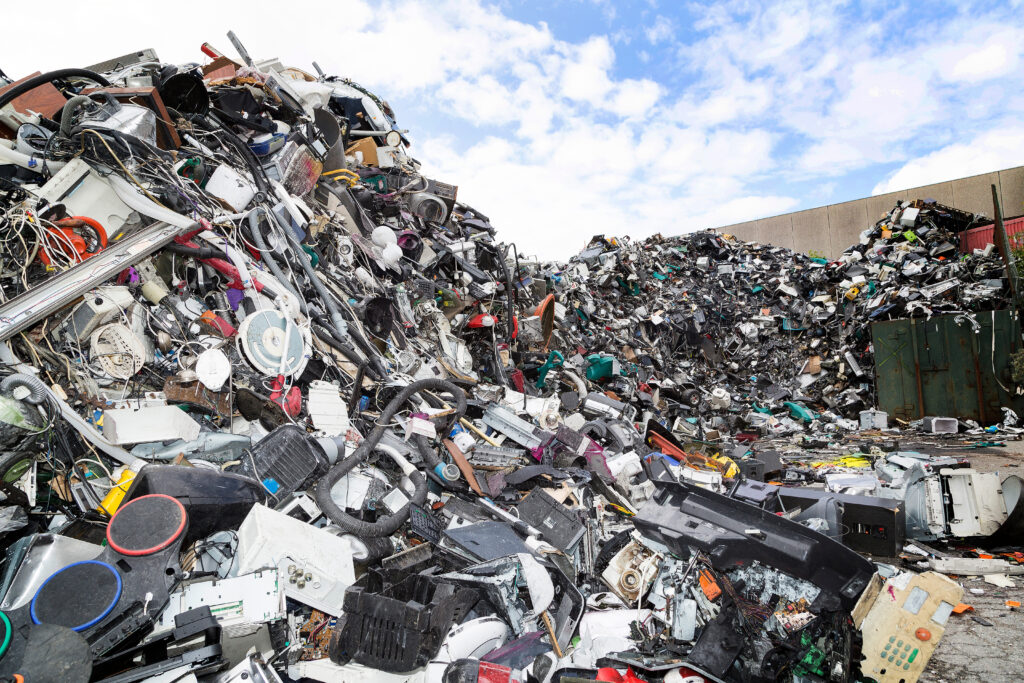


Subscribe for free